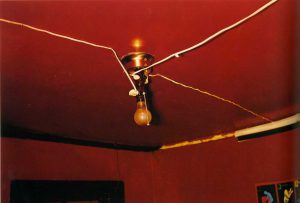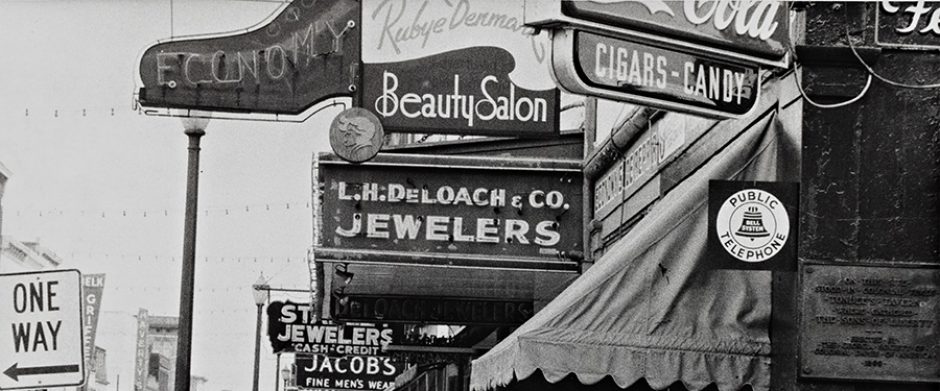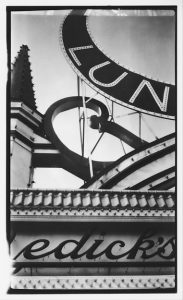
William Eggleston, Greenwood, MS, 1970
Please note that I have revised the short list for the Final and deleted a few images (the Bechers’ Gas Tower and Serrano’s Piss Christ).
Since I will not be able to cover much of the remaining material in-depth, I am posting some video and audio clips about the following photographs.
On Eggleston’s importance in elevating the status of color photography and his interest in the banal (a good word to look up!)
William Eggleston, Greenwood, MS, 1970
Two Important examples of the Pictures Generation and the use of appropriation
Prince’s appropriation of other photographs:
Richard Prince, Untitled (Cowboys), 1993
Sherman’s appropriation of “B movies” for the Career Girl character in Film Still #21:
Cindy Sherman, Untitled Film Still, 1978
An important Post-Modern artist who uses the strategy of appropriation
Carrie Mae Weems, Diana Portraits, from the Sea Island series
Although I deleted the works by the Bechers and Serrano, if you are interested in getting an idea of their work, you can watch these two videos.
On the Bechers, see this San Franciso MoMA video.
For Serrano, you can watch his slide lecture here.
The Final Exam is on Tuesday 5/23 at 10 AMlast announcement, please arrive on time. For the terminology on Part IV, please see the .





